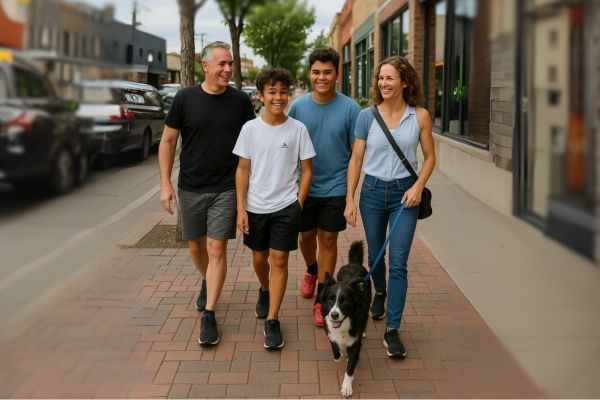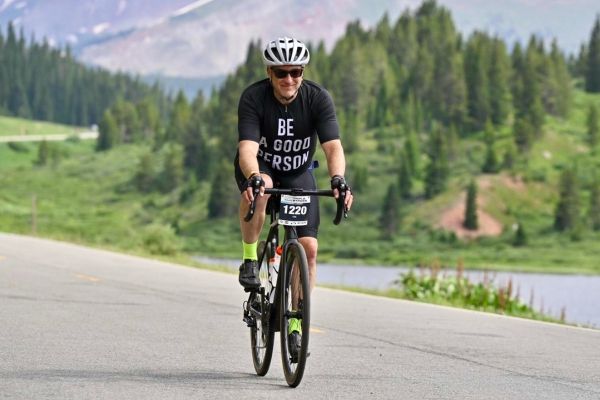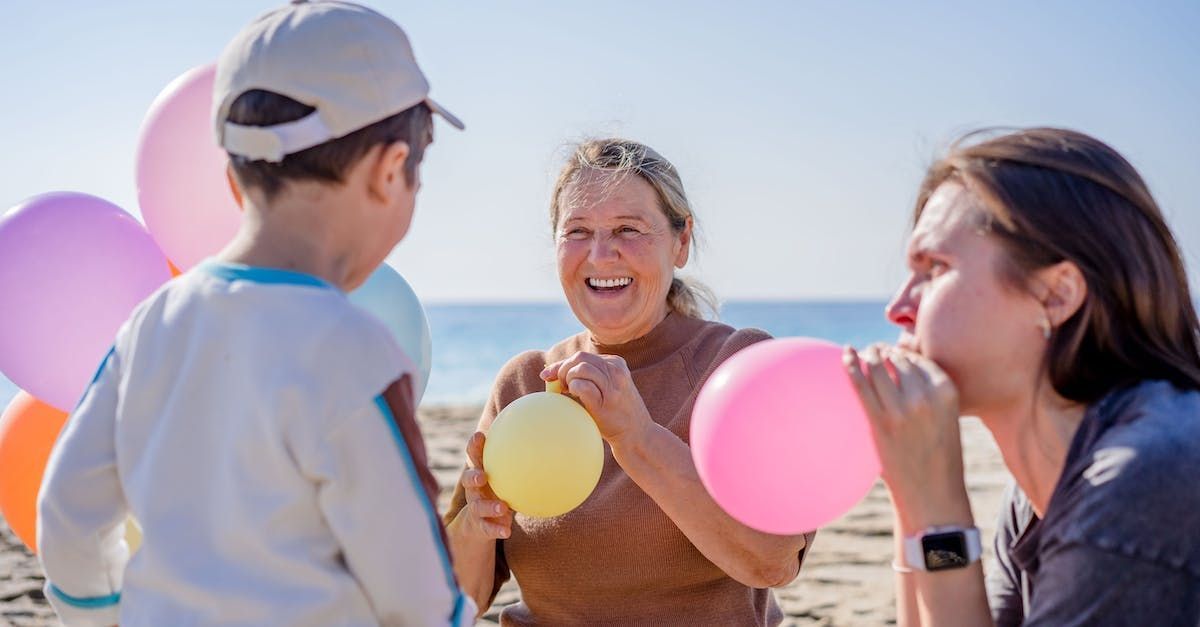Breathing And Exercising
Breathing and Exercising – An Inseparable Relationship
Among the many reasons our clients engage with Vitruvian Fitness®, one is to learn the right and safe way to exercise with “good form.”
We define "good form" as the proper execution of movements with optimal technique, posture, range of motion, motor control, breathing, and awareness to achieve the desired fitness outcome while minimizing the risk of injury.
This story is about how your breath fits into the good form equation.
Fact: Synchronizing your breath with the exercise you are performing is no less important than any other component of what constitutes good form.
What does it mean to synchronize your breath? In most resistance training exercises, there are two phases of any movement: the eccentric (ee-SEN-trick) or loading phase, and concentric (con-SEN-trick) or exploding phase.
Inhale as you load. Exhale as you explode. Vigorously or forcefully.
Examples:
- Squat: Inhale as you bend your knees and hips. Exhale as you begin to stand tall returning to the start position.
- Push Up: Inhale as you lower your chest to the floor. Exhale as you begin to push yourself back up to the start position.
As the demand of an exercise increases, so does the need to brace your core proportionately. This manifests both in the stiffness of your trunk and in the intensity of your exhalation as it rises to match the increased demands of the work.
This is just to say, brace your core, purse your lips, and blow. However, this can be far easier said than done.
Fortunately, we’ve all experienced blowing up balloons – the ultimate party favor. Blowing up a balloon is the easiest way to feel how this works. (And we have 2 big bags of balloons at the front desk to practice with!)
The drill: Blow up a balloon till it’s mostly full. While you’re blowing, feel how your core braces to create the pressure that inflates the balloon. This is the same type of pressure you want to feel when lifting something heavy.
Repeat 6 times. It’s ok to giggle a little while letting the air out.
To continue with the party theme, imagine blowing out your birthday candles. If you breathe on the candles like you’re fogging a mirror, it’s not going to work (especially for us folks with lots of candles). But if you take a deep breath, purse your lips and give it a hardy blow, the extra wind you create will get most of those candles. If you slobber on the cake, that’s not my fault.
Now let’s get a little nerdy.
Why is breathing important and what’s happening when we do it right?
Breathing has three aspects to it.
- Biomechanical
- Biochemical
- Psycho-physiological
Biomechanical Aspect of Breathing: The mechanical aspects of breathing involve respiratory muscles, lung mechanics, and airflow dynamics. During exercise, breathing biomechanics adapt to accommodate increased ventilation needs, with changes in respiratory rate and tidal volume supporting metabolic demands. Further, respiratory muscles co-contract with other muscles of the core to assist in optimizing movement. This is primarily the act of inhaling and exhaling.
Biochemical Aspect of Breathing: Breathing plays a vital role in gas exchange and acid-base balance, impacting cellular metabolism and physiological function. This biochemical aspect is closely tied to exercise, where increased metabolic demands require enhanced respiratory function to meet oxygen needs and remove metabolic byproducts. This is primarily an exchange in oxygen and carbon dioxide.
Psycho-physiological Aspect of Breathing: This aspect refers to the interaction between the mind and body in relation to breathing. Psycho-physiological factors encompass cognitive, emotional, and behavioral aspects of breathing, including perceptions, attitudes, and psychological states. Breathing is also intricately linked to the autonomic nervous system, with vagal tone and the balance between parasympathetic and sympathetic activity influencing respiratory and cardiovascular function in addition to regulating other systems in the body.
If you image these three aspects of breathing making up a Venn Diagram, where they overlap is where optimal breathing patterns and efficiency lie and the interdependence between them is clear. Inefficiencies or shortcomings in any one of the three will have a negative impact on the other two. This is as true in activities of daily living as it is while exercising.
A Real World Example
Imagine you’re doing a set of 8-12 goblet squats and we just encouraged you to up the weight.
- You pick up the weight and put it in position. It’s heavy.
- Subconsciously, you brace yourself which is a good idea but you’re mildly anxious about the extra weight, so you also subconsciously hold your breath.
- You lower yourself into the squat, get as low as you’re going to get, and push yourself back up to the start position.
- And then you relax a little and the air comes rushing out of your wide-open gob.
- You continue this way for 8 reps before you put the weight down totally out of breath, panting like a dog on a hot day.
Biomechanically, you tried to create some intra-abdominal pressure (this is good) but by holding your breath, you created extra tension throughout your hips, trunk, and shoulders making you overly stiff and your squats shallow. This likely also raised your blood pressure which created a risk you should probably avoid.
Biochemically, you accumulated extra carbon dioxide in your lungs without replacing it with fresh oxygen. So, your blood became oxygen depleted and that starved your muscles of the key ingredient they need to work right.
Psycho-physiologically, you stressed yourself out and maybe were a little sad or confused that one set of 8 was so challenging.
It was your breath.
I can say with confidence that in this scenario, inhaling as you lower, exhaling as you rise, using a proportionate amount of intra-abdominal pressure for the weight in your hands – you will squat lower, easier, with more confidence and swagger.
Among the solutions to this breathing issue, are:
- Reducing the weight to a level that allows you to meet every aspect of “good form.” This may include adding assistance instead of using resistance.
- Mindfully and purposefully, committing to synchronize your breath to the movement one repetition at a time until it becomes second nature.
So, take all this information and see how you can improve the way you move by breathing more effectively and efficiently. It will change your life.
Extra Help
One last point I need to make about breathing. By now, I hope to have communicated how important breathing is. If you are aware of your breath, and it’s role in your life, and you’re making improvements, that’s great. Keep it up!
However, if, despite our guidance and your best efforts and intentions, you cannot get your breathing right, you should probably seek additional help. Because breathing is mechanical, chemical, and psychophysiological, it may benefit from a multi-disciplinary approach.
Pulmonologists, Sports Medicine Physicians, Physical Therapists, Certified Respiratory Therapists, and/or Mental Health Counselors may be right for you.
Other modalities that are breath-centric or breath-inclusive are Alexander Technique, Feldenkrais Method, Somatic Experiencing, Tai Chi and Qigong, Pranayama.
Good Form
It’s equal parts technique, posture, range of motion, motor control, breathing, and awareness. It seems like a lot because it is.
Our bodies are amazing, though. Amazing how complex they are with so many integrated and interdependent systems working together. Amazing because they learn and adapt. Amazing how our bodies communicate with us when we listen to them. And amazing because of the really cool things we can do and experience.
Have a great day and go do something really cool.
Curious to learn more about Vitruvian Fitness?
We encourage you to do a 14-Day Trial Membership. In 14 days, you will get a private onboarding session that includes the
Functional Movement Screen®, then unlimited semi-private training sessions doing the program we design based on that first session. And you’ll get to be a part of one of the most inviting, inclusive, and fun communities you’ll find anywhere. At the end of your trial, you get to decide if you liked it and if you want to continue with a regular 6-month membership. All the options and prices are on our Membership page.
Click the Get Started button to schedule a call to learn more.
Attribution: This article was written with assistance of ChatGPT.
You might also enjoy these posts . . .








